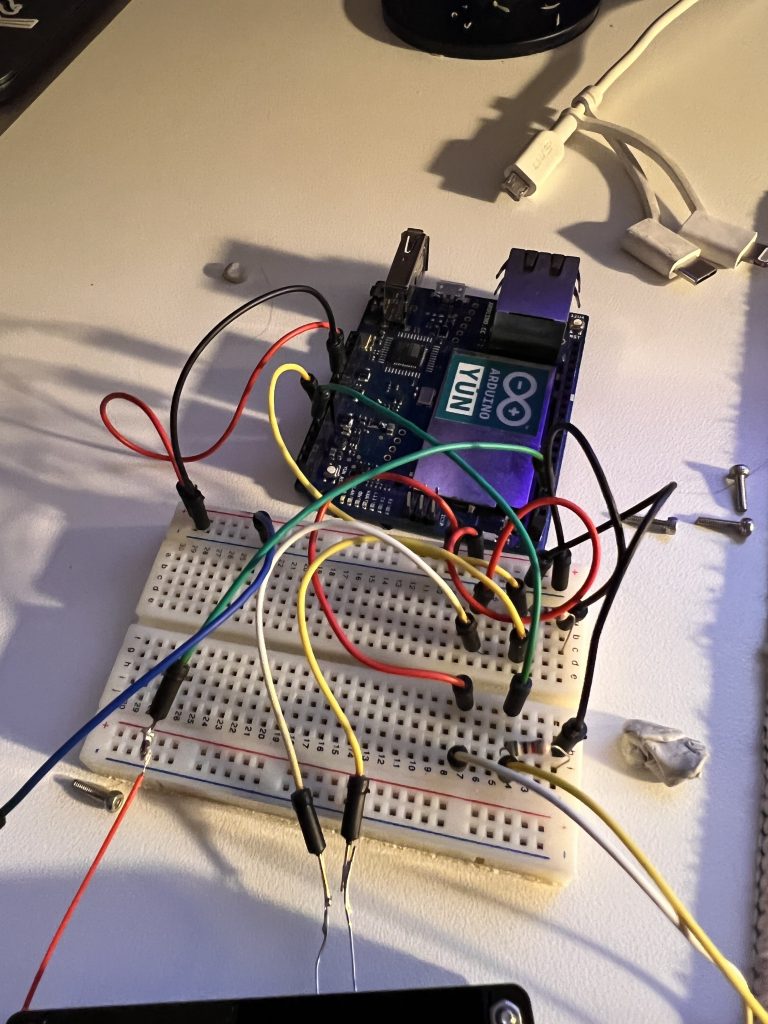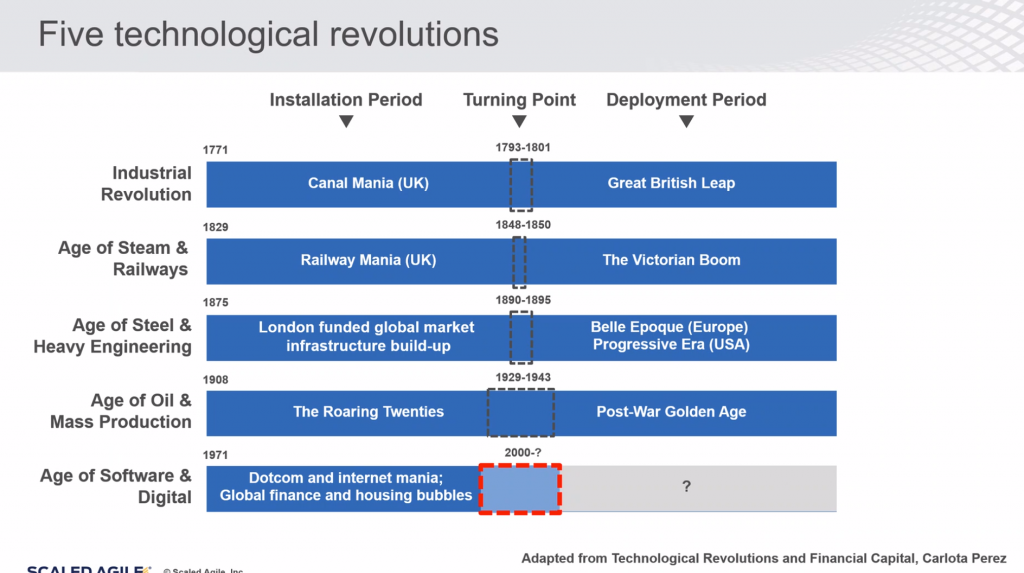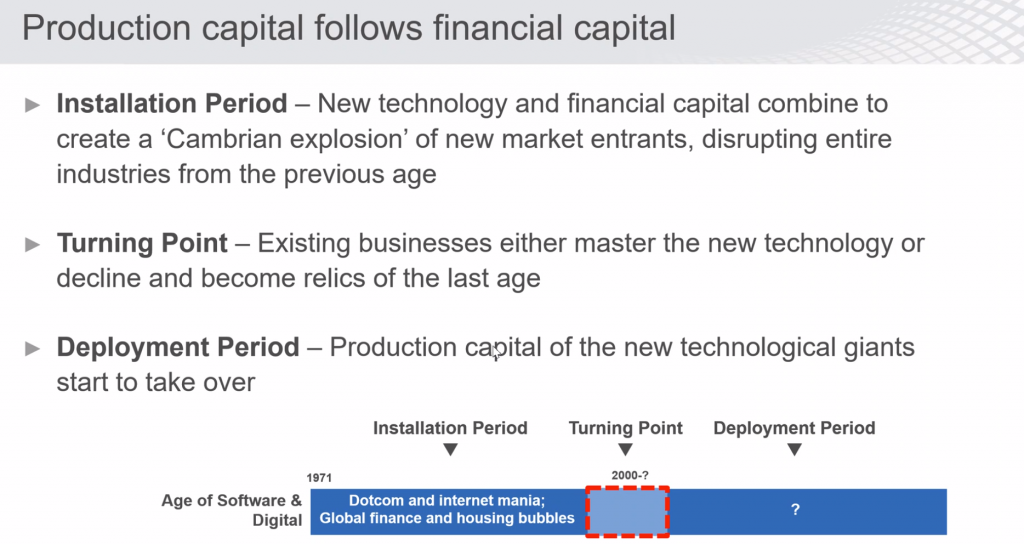I got tired of trying to find a free, self hosted, open source web monitoring tool, so developed my own: Check out https://t.co/r07JMoXLpl if you want to monitor websites for content changes, site updates, news or accuracy. #monitor #tools #opensource #docker #node #js #Postgres pic.twitter.com/vyFLf5Acvc
— Paul Aschmann (@paups) January 13, 2022
Category: Technology
Drawbot
A fun project to build a drawing bot which uses linear motors, belts, and a servo to take digitized line art and physically draw it on paper, in a plotter like fashion. Here are a couple resources which are helpful.
https://drawingbots.net/knowledge/tools
One of my intentions is to draw golf course layouts and their corresponding contour lines, this site has the relevant height lines.
https://anvaka.github.io/peak-map/#12.39/35.20202/-81.03753
Process:
Use a Inkscape extension to convert SVG to line art: https://github.com/love-open-design/LY-Drawbot-Tool-by-LOD
LY Drawbot – Workflow
Inkscape SVG -> Object to Path (If needed)
Extensions -> Generate GCode for LY Drawbot
DIY: Physical Random Number Generators & Double Slit Experiment
One of the benefits of Quantum Computing is their ability to generate truly random numbers.
Since classical computers are deterministic machines, governed by algorithms, they are inherently predictable. Therefor any number generated by a classical computer, even if it seems complex is actually based on a set of conditions or algorithm, which therefor makes it a “pseudo random number”, rather than truly random.
To generate truly random numbers you need to rely on a physical processor or phenomena that are unpredictable, examples of this include radioactive decay, electronic noise or even atmospheric noise.
Since QC is essentially based on a physical process and the probabilistic nature of quantum mechanics, its qubits can exist in a superposition state, this means they can represent a combination of 0 and 1 simultaneously, this state/property can be harnessed by QRNG (Quantum random number generators) to produce truly random numbers.
As a fun project, I decided to build a small physical QRNG using an Arduino, laser diode, beam splitter and two photo resistors. The basic premise is that you pulse the laser, it sends a wave/particle (both!) through the beam splitter, 50% of the time it should hit one of the two photo resistors, providing you with a random string of “1”s or “0”s.
While a very simple, basic and small example, it is a fun experiment. Check out OpenQbit.com if you would like to build your own. To make this a little easier, I laser cut a template/outline for the beam splitter for holding each of the components.
Enjoy Randomness? Check out these blog, sites, references: http://www.reallyreallyrandom.com
Non Quantum RNG generator using zener noise: http://www.reallyreallyrandom.com/zener/breadboard/
Nice video explaining the seed variables used and middle squares: https://www.khanacademy.org/computing/computer-science/cryptography/crypt/v/random-vs-pseudorandom-number-generators




/* Annotated QRNGv1 Firmware V1.1
Author: Noah G. Wood
Modified: Paul Aschmann
Copyright (c) 2019 Spooky Manufacturing, LLC
License: GPLv3.0
*/
int triggerPin = 2; // This pin will pulse our quantum circuit
int hPin = A0; // This pin measures the horizontal polarized photons
int vPin = A1; // This pin measures the vertically polarized photons
float H = 0;
float V = 0;
long previousMillis = 0;
long interval = 1000;
float maxH = 0;
float maxV = 0;
void setup() {
// Just setting up triggerPin and serial connection
//pinMode(13, OUTPUT);
pinMode(triggerPin, OUTPUT);
Serial.begin(9600);
}
int Random() {
// Pulse the laser
digitalWrite(triggerPin, HIGH);
//delay(1);
digitalWrite(triggerPin, LOW);
}
void loop() {
// The main program
// Run our program and print the random bit to serial
//delay(1000);
unsigned long currentMillis = millis();
if (currentMillis - previousMillis > interval) {
previousMillis = currentMillis;
Random();
}
// Read the photoresistors
H = analogRead(hPin);
V = analogRead(vPin);
// Determine random bit
if (H > V) { // More photons in the H mode, return 0
Serial.println("-------------------- > H: ");
Serial.println(H);
Serial.println("V: ");
Serial.println(V);
if (H > maxH) {
maxH = H;
Serial.println("New max H");
}
} else if (V > H) { // More photons in the V mode, return 1
Serial.println("-------------------- > V: ");
Serial.println(V);
Serial.println("H: ");
Serial.println(H);
if (V > maxV) {
maxV = V;
Serial.println("New max V");
}
} else {
Serial.println("Same values");
}
delay(1000);
}
Generating Random Numbers with QisKit & IBM Quantum Hardware
Generating true random strings using classical computers is not as easy as you may think. Unlike deterministic processes that follow specific algorithms and patterns, achieving true randomness poses a challenge in the realm of classical computing. Classical computers operate based on predetermined instructions and logical operations, which inherently lack the inherent unpredictability required for true randomness.
In contrast, true randomness involves an element of unpredictability that goes beyond the deterministic nature of classical computing. Attempts to generate random strings on classical computers often involve algorithms that simulate randomness, but these are ultimately constrained by the deterministic nature of the underlying hardware and software.
List: My Apps
List of Mobile Apps I have designed, developed and published, mainly under the Lithium Labs umbrella.
Generative Art Resources
During the NFT hype, generative art got a lot of attention due to its ability to programmatically, and algorithmically generate designs and art. These are a few resources I used and developed digging a little bit deeper into the subject.
Skill Share Course: https://www.skillshare.com/classes/Programming-Graphics-I-Introduction-to-Generative-Art/782118657
5 Technological Revolutions
I am currently doing a SAFe Training (Leading SAFe) and this was one of the slides shown, it really resonated with me and wanted to save it for posterity … I am wondering where we are in the progression of the Software & Digital Age …


Quantum Hardware – Notes
Dilution Refrigerator, uses liquid helium
Absolute zero, optimal operating temp – 273 celcius
Top to bottom – different stages of cooling, filters, amplifiers
Sample holder holds quantum processor
CPU vs QPU
CPU – data/voltage/1’s 0’s flows through the gates (and, or, xor, etc.)
QPU – Data is on the chip, circuit is on the chip, pulses are sent to the chip
chip created by lithography, metal deposition, all, oxide, etc.
Quantum Gates
Called block sphere
Pulses represent the gates.

Rotate qubit from ground state to 1
Example: Ex Pi rotation
Send another pulse, Pi/2

Quantum Entaglement
2 Qubits, and some interaction between them

When you entangle boxes, you can change probablities
Have some time?
This single list of link has fueled a lot of reading for me over the past few months … The most counterintuitive facts in all of mathematics, computer science, and physics:
It is possible to compute over encrypted data without access to the secret key: https://en.wikipedia.org/wiki/Homomorphic_encryption It is possible to prove that you know a value x, without conveying any information apart from the fact that you know the value x: https://en.wikipedia.org/wiki/Zero-knowledge_proof It is possible to play poker by telephone in a trusted way which prevents cheating: http://math.stonybrook.edu/~scott/blair/How_play_poker.html If customers take on average 10 minutes to serve and they arrive randomly at a rate of 5.8 per hour then the waiting time for one teller is five hours while the waiting time for two tellers is 3 minutes: https://www.johndcook.com/blog/2008/10/21/what-happens-when-you-add-a-new-teller/ There exists a set of three dice, A, B, and C, with the property that A rolls higher than B more than half the time, and B rolls higher than C more than half the time, but it is not true that A rolls higher than C more than half the time: https://en.wikipedia.org/wiki/Nontransitive_dice Causation does not imply correlation: https://arxiv.org/abs/1505.03118 The Earth makes 366.25 rotations around its axis per year. (Related: 0% selected the right answer on this SAT question: Circle A has 1/3 the radius of circle B, and circle A rolls one trip around circle B. How many times will circle A revolve in total? youtube.com/watch?v=kN3AOMrnEUs) There is a surface that has only one side: https://en.wikipedia.org/wiki/Mobius_strip It is possible to travel downwind faster than the wind:youtube.com/watch?v=jyQwgBAaBag
You must be logged in to post a comment.